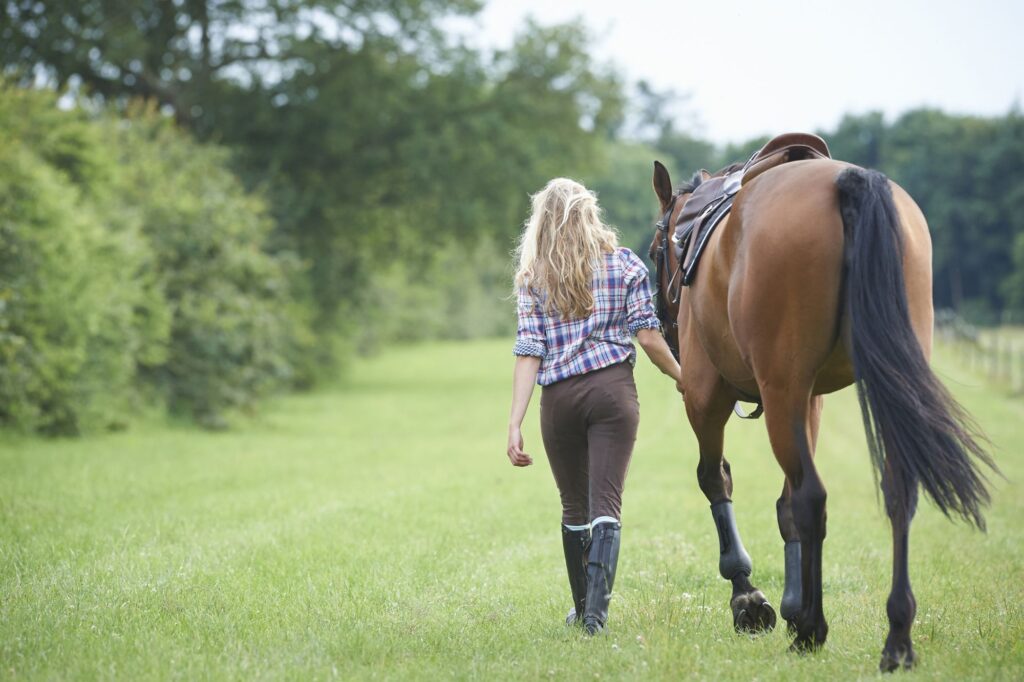Want to become a better leader? You might want to try horseback riding. Yes, you read that right. There is a surprising connection between horseback riding and leadership skills. According to recent research, individuals who engage in horseback riding are more likely to develop key leadership traits such as confidence, communication, empathy, and problem-solving abilities. In fact, many successful leaders, from CEOs to politicians, credit their equestrian experiences for shaping their leadership style. So, if you’re ready to saddle up and gain valuable skills in the process, read on to discover how horseback riding can help you become a more effective leader.
The Connection Between Horseback Riding and Leadership
Introduction: Exploring the parallels between horseback riding and leadership
When it comes to leadership development, we often seek out traditional methods such as seminars, workshops, and team-building exercises. However, there is one activity that has been overlooked but holds tremendous potential for nurturing leadership skills – horseback riding. Surprising as it may seem, there are striking parallels between horseback riding and leadership that can help individuals grow in their ability to lead and inspire others. In this article, we will delve into the connection between horseback riding and leadership, and explore the various ways in which this activity can foster essential leadership qualities.
Why horseback riding as a leadership activity?
You may be wondering why horseback riding specifically is being highlighted as a leadership activity. The answer lies in the unique dynamics that exist between a rider and their horse. Horses are highly perceptive creatures, and they possess the ability to sense a person’s emotions, intentions, and confidence levels. This creates a powerful relationship between horse and rider, requiring the latter to be a strong, yet compassionate leader. By engaging in horseback riding as a leadership activity, individuals are able to experience an unconventional yet effective way of honing their leadership skills.
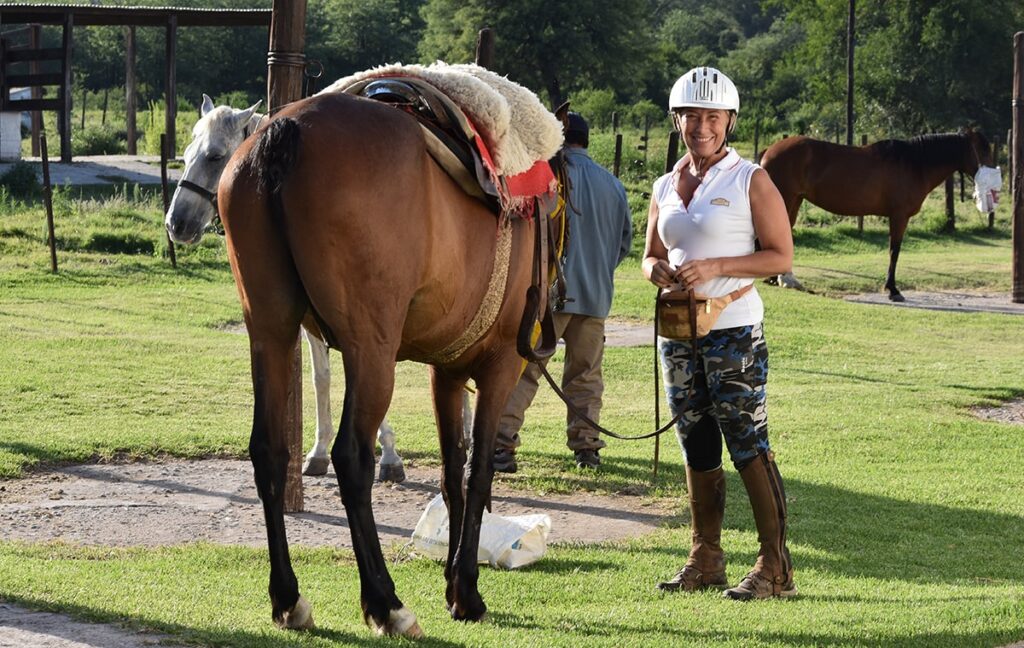
Historical context of horseback riding as a leadership activity
Horseback riding has a rich historical background, with its use as a leadership activity dating back centuries. In ancient times, horseback riding was a crucial skill for military leaders, allowing them to command their troops on the battlefield. The ability to direct a powerful and sometimes unpredictable creature like a horse required an unparalleled display of leadership qualities. This historical context reinforces the notion that horseback riding is intrinsically linked to leadership, and that its benefits in this domain have been recognized throughout human history.
Benefits of horseback riding for leadership development
Engaging in horseback riding as a leadership activity offers numerous benefits for personal and professional growth. Firstly, it promotes self-awareness, as riders must develop an understanding of their own body language, emotions, and nonverbal cues to effectively communicate with their horse. This self-awareness is a fundamental aspect of leadership, as great leaders are cognizant of their own strengths, weaknesses, and the impact they have on others.
Additionally, horseback riding fosters emotional intelligence – the ability to recognize and manage one’s own emotions and the emotions of others. As riders bond with their horses, they learn to observe and interpret the animal’s responses and adjust their approach accordingly. This heightened emotional intelligence can translate into improved interpersonal relationships and the ability to empathize with and motivate team members.
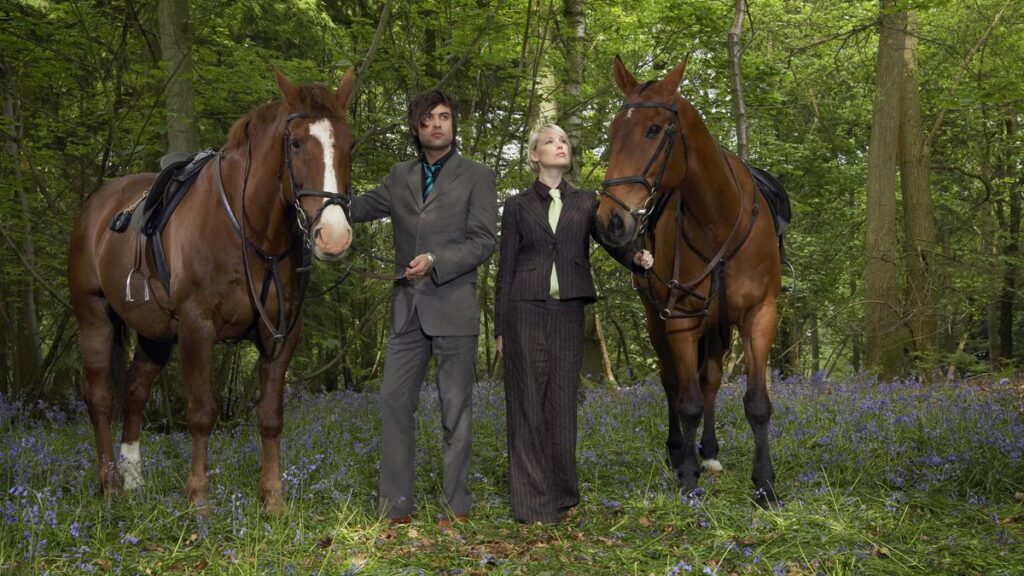
The role of trust and communication in horseback riding and leadership
Trust and communication form the bedrock of both horseback riding and leadership. As a rider, you must cultivate trust with your horse, as it is vital for a harmonious partnership. Horses are incredibly sensitive creatures and they rely on clear and consistent communication from their rider. Similarly, effective leaders must establish trust with their team members, creating an environment where open communication is encouraged.
In horseback riding, trust is built through consistent handling, clear directives, and demonstrating confidence in your abilities. By fostering trust with your horse, you can develop trust-building skills that transfer to your leadership role. Moreover, the communication skills honed in horseback riding, such as body language, tone, and timing, can greatly enhance one’s ability to lead and inspire others.
Physical and mental challenges in horseback riding and leadership
Horseback riding is not only a physically demanding activity but also a mentally challenging one. As a rider, you must possess physical strength, balance, and coordination to effectively control your horse. These physical challenges parallel the demands of leadership, where leaders must possess physical stamina and resilience to overcome obstacles and persevere in the face of adversity.
Furthermore, horseback riding requires mental agility, as riders must make split-second decisions, assess risks, and adapt to changing circumstances. Similarly, leaders are faced with complex situations that require quick thinking, decisive action, and the ability to navigate uncertainty. Engaging in horseback riding as a leadership activity can help individuals sharpen their mental faculties, enhancing their ability to make sound judgments and overcome obstacles.
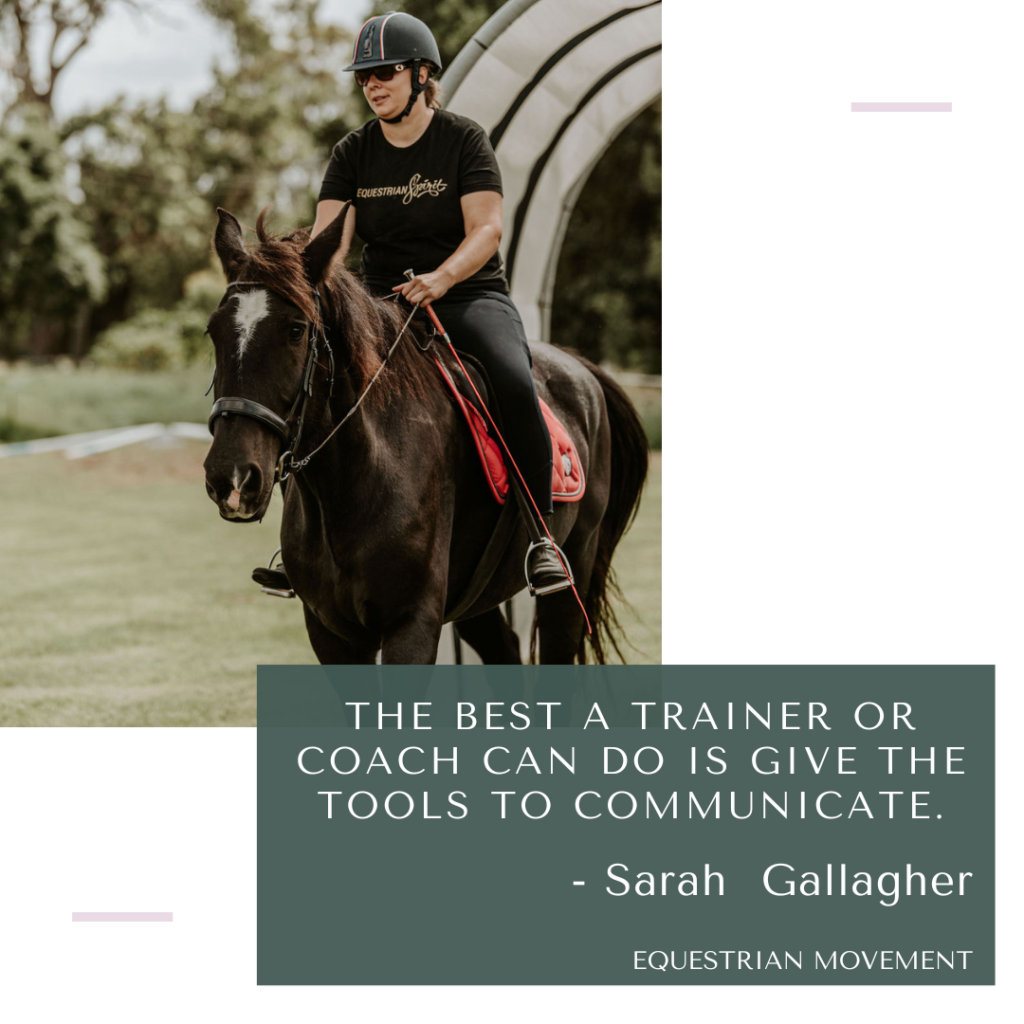
Developing decision-making skills through horseback riding and leadership
Horseback riding provides a unique platform for developing and refining decision-making skills. In the equestrian world, riders are faced with a multitude of choices, both in the saddle and during training. Decisions such as the horse’s diet, exercise regimen, and tack selection all contribute to the overall well-being and performance of the horse. By assuming the responsibility of making these decisions, riders learn to analyze, weigh options, and make informed choices – all qualities essential for effective leadership.
Moreover, horseback riding demands split-second decision-making in the saddle. Responding to the horse’s movements and adjusting one’s riding technique requires quick thinking and the ability to adapt in real-time. Leaders often face similar situations where they must make decisive choices under pressure. By practicing decision-making in the context of horseback riding, individuals can transfer these skills to their leadership roles, enabling them to make sound judgments even in high-stakes scenarios.
Teamwork and collaboration in horseback riding and leadership
Just as in leadership, horseback riding emphasizes the importance of teamwork and collaboration. While horseback riding may seem like an individual activity, it often involves working in harmony with others, such as trainers, stable staff, and fellow riders. The ability to communicate effectively, delegate tasks, and work towards a common goal are crucial components of successful horseback riding, as well as effective leadership.
By engaging in horseback riding as a leadership activity, individuals have the opportunity to develop their teamwork and collaboration skills. Working alongside others in the equestrian world exposes individuals to the challenges and rewards of collective effort, fostering a deep appreciation for collaboration. This newfound understanding can be directly applied to leadership situations, enabling individuals to build high-functioning teams and foster a collaborative work environment.
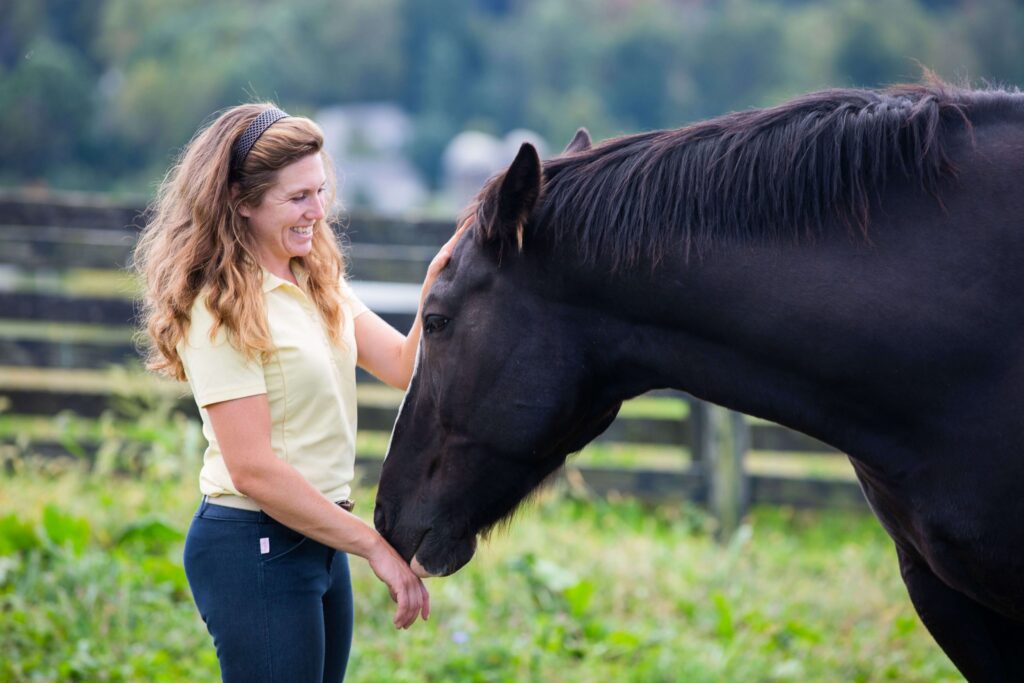
The role of discipline and responsibility in horseback riding and leadership
Discipline and responsibility are integral aspects of both horseback riding and leadership. In horseback riding, it is vital for riders to maintain a disciplined routine, adhere to safety protocols, and follow proper horse care practices. Consistency, punctuality, and attention to detail are all qualities that contribute to success in the equestrian world, mirroring the discipline required of effective leaders.
Moreover, horseback riding instills a sense of responsibility as riders become stewards of their horse’s well-being. This responsibility extends beyond the saddle, encompassing daily care, grooming, and providing a safe and nurturing environment for the horse. Leaders too bear a great deal of responsibility, not only for their team’s success but also for their well-being and development. Engaging in horseback riding as a leadership activity emphasizes and strengthens these values of discipline and responsibility, enabling individuals to become more effective leaders.
Conclusion: Harnessing the power of horseback riding for leadership development
In conclusion, the connection between horseback riding and leadership is undeniable. Through the unique dynamics between rider and horse, individuals can develop essential leadership qualities such as self-awareness, emotional intelligence, trust-building, effective communication, and decision-making skills. The physical and mental challenges of horseback riding parallel those faced by leaders, enhancing resilience and adaptability. Additionally, horseback riding emphasizes teamwork, collaboration, discipline, and responsibility – all qualities that contribute to effective leadership. By harnessing the power of horseback riding as a leadership activity, individuals can embark on a transformative journey of personal growth, enhancing their leadership capabilities and inspiring others along the way.
